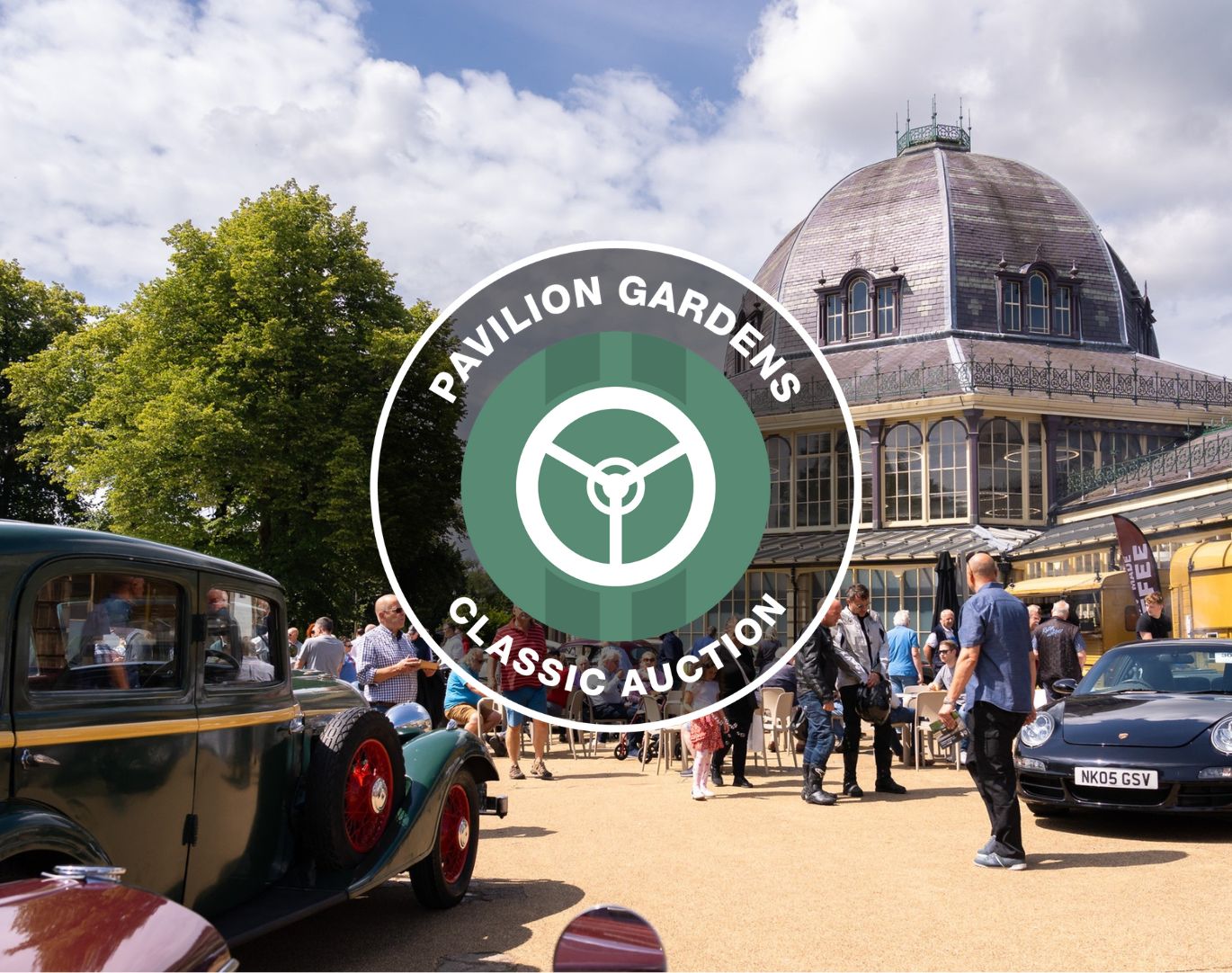1952 HRG 1500 CC – NICKNAMED THE BEAST - ONE OF JUST 111 MADE
FOR SALE WITH H&H CLASSICS FOR £60,000 -£70,000
06/10/2020
This rare and historically interesting 1952 HRG was nicknamed ‘The Beast’ because of its ability to ‘devour anything on wheels on a short course’. It is now for sale with H&H Classics at their Duxford sale on October 14th for an estimate of £60,000 to £70,000.
It was campaigned by first owner Albert D. Trager in numerous SCCA races in the USA. Later it became the property of ex-Works Frazer-Nash and Bristol driver Peter Wilson who had it UK road registered as 'ASV 605'. It was then acquired by the current vendor's late husband, an ex-Works Porsche driver, in August 2013 and driven back from Denmark. It has been treated to an extensive engine overhaul during 2019 plus a new clutch and fresh tyres.
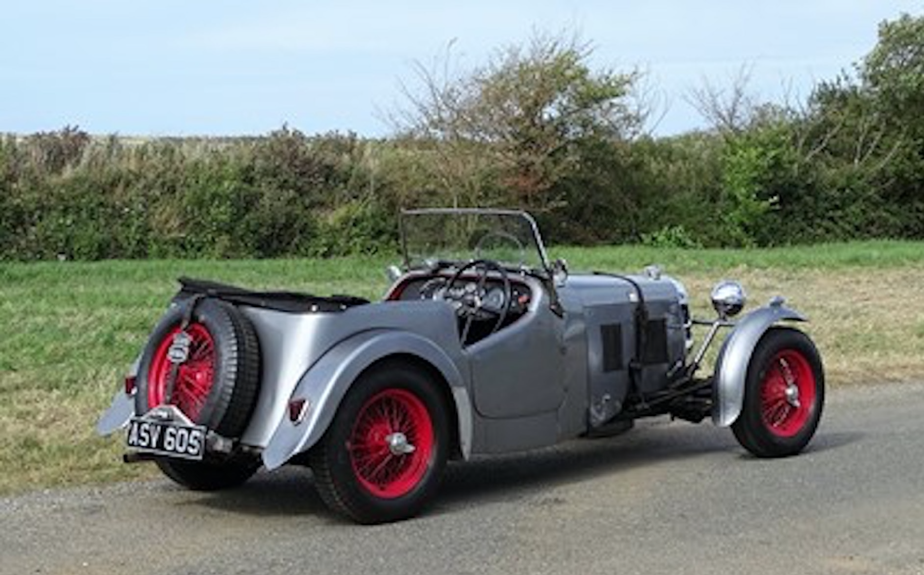
According to a letter on file from Ian Dussek of the HRG Association, chassis W219 was laid down on February 12th 1952 but not completed until March 3rd 1953. Fitted with two-seater coachwork by the St Leonards Engineering Co and a Singer-derived 1500cc engine (C1342S), it was supplied new to Al Trager of Jacksonville, Florida. An aeronautical engineer who served as Technical Inspector for five USAF bases during WW2, Mr Trager later worked for Mack Trucks and the American Seating Company. A keen motorist, he ran an Alfa Romeo and a ‘blown’ MG before acquiring the HRG 1500 for competition work. Records suggest that he entered the two-seater for the Sebring 12 hours on March 8th 1953 only to have his plans thwarted by its late arrival. Known to have raced at that October’s Sports Car Club of America National Turner meeting, his antics behind the wheel soon saw chassis W219 christened ‘The Beast’ because of its ability to ‘devour anything on wheels on a short course’.
A conscientious owner, Mr Trager ordered and installed a hydraulic brake conversion kit from the HRG Works and also added Harley Davidson air filters to the twin SU carburettors but was otherwise proud that he sold the two-seater in pretty much ‘as new’ condition to Charles A. Pitman III. A fellow racer, Mr Pitman reportedly finished 2nd-in-class and 4th overall at a SCCA event in Columbia, South Carolina during July 1955 but subsequently rolled ‘The Beast’.
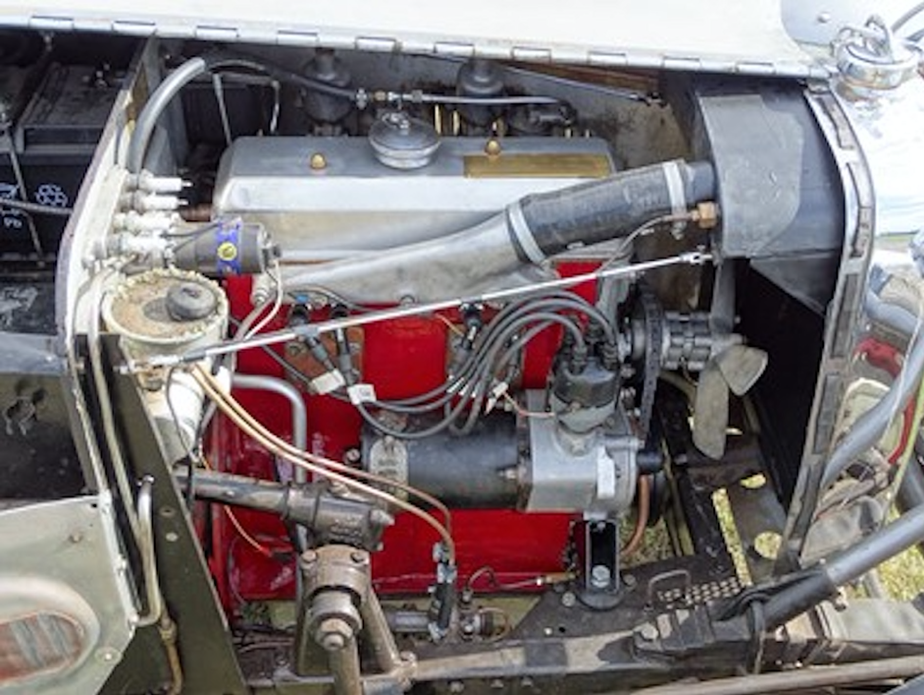
The extent of the damage is unknown but the fact the car still retains its original engine (C1342S) and what appears to be its original body tub indicates that it cannot have been too severe. There are signs of repair / reinforcement to both chassis rails behind the triangulated sections which carry the front engine mounts and the number ‘W219’ is clearly stamped into the top face on the nearside.
Mr Pitman sold the HRG 1500 to James F. Gallivan in August 1957 and thereafter it passed to Herbert L. Gibson, Hershel Harkins and James W. Bain of Ashville, North Carolina. A year or so after becoming the two-seater’s custodian, Mr Bain wrote an update for the November 1962 issue of the HRG Owners’ Club newsletter which noted: ‘Twelve days I had ‘The Brute’ (sic) when it broke down. The most ghastly creatures must have been working on it since it left the capable hands of Al Trager... but I love the rotten little swine; when it goes it really goes – and I’ve had a ball – all over (at least on the roads) these mountains... I hope I shall visit Britain in the next year. Should I sell ‘The Beast’ to some deserving Creep or should I not? It must be a devoted type – no other can have it’.
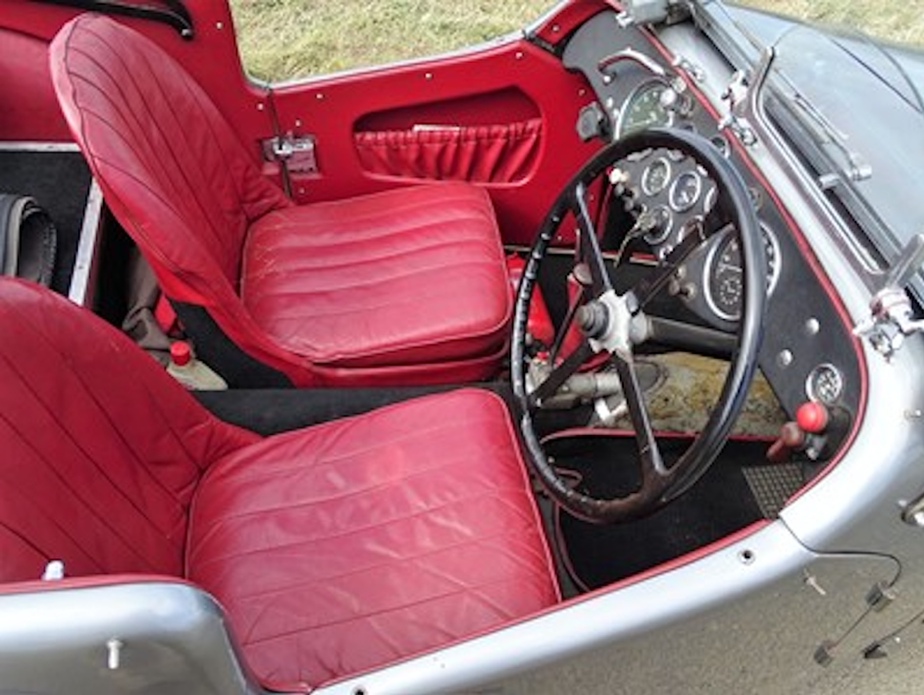
Mr Bain relocated to Edinburgh during the mid-1960s and had chassis W219 road registered as ‘8 HYS’. Extensively restored by ex-Frazer Nash and Bristol Works driver Peter Wilson when he acquired it during the mid-1980s, ‘The Beast’ was refinished in its originally livery of Grey metallic with Red leather upholstery and Red wheels and re-registered as ‘ASV 605’. Relocating to Sweden when it was purchased by renowned collector and future FIVA President Horst Bruning during 1988, the two-seater moved to Denmark some seventeen years later and the custodianship of previous keeper, Peter Bering. The subject of a back axle overhaul including the fitment of a new 4:1 crownwheel and pinion in 2010, the HRG 1500 was purchased by the vendor’s late husband – a former Works Porsche driver – from Mr Bering during August 2013 and driven back to the UK.
Structurally sound but mechanically below par, ‘ASV 605’ was driven less than 2,000 miles prior to being entrusted to Chris Hollier AMIMI in March 2019 for a thorough overhaul. The engine benefited from a repolished crankshaft, re-bore, new dry sleeves, fresh valves, hardened valve seats (to permit the use of unleaded) and a specialist ceramic block sealing treatment etc, the radiator was re-cored, the hood recoloured / re-waterproofed, the leather upholstery re-connollised, the wiring fettled, the clutch renewed, the wheels repainted and five new Blockley tyres fitted. Although, the HRG 1500 was driven back from Mr Hollier’s Stoke Ferry premises, its rejuvenated engine still requires running-in (with the vast majority of the associated 1,000 miles yet to be covered). An accompanying report from Mr Hollier notes the fuel gauge is inoperative and that a brake overhaul may well lessen the pedal travel.
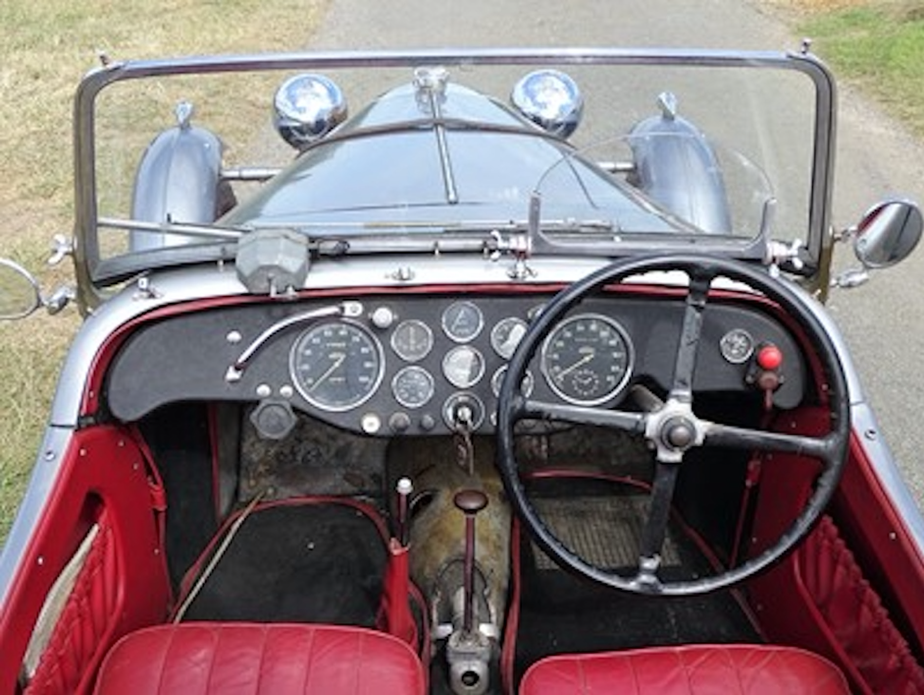
Starting readily upon inspection, ‘The Beast’ has a lovely patina to it. The choice of two ex-Works racing drivers, this delightful HRG 1500 is offered for sale with V5C Registration Document and history file.
Model Background:
Founded in 1936, the H.R.G. Engineering Co. Ltd. drew its name from the initials of its founders - Major Ted Halford (a contributor to the Vale Special project), Guy Robins (formerly of Trojan) and Ron Godfrey (the G in GN and the Godfrey in Godfrey & Proctor). The newcomer initially operated from the Mid-Surrey Gear Company in Norbiton and the design of its products was clearly influenced by the GN and Frazer-Nash motorcars in which Godfrey had previously been involved. The first offering was a traditionally-styled open two-seater sports car with front-mounted 1496cc OHV Meadows 4ED engine mated to a four-speed Moss gearbox and driving through an ENV spiral bevel axle. The chassis members were bought in from Rubery Owen and the steering gear sourced from Marles, while most of the aluminium over ash frame bodies were manufactured by Reall of West London. Priced at £395, the 1.5 litre HRG was half the cost of the equivalent Aston Martin and some 1,000 pounds lighter.
During 1936, the company established its own premises at Tolworth in Surrey. Two years later it launched the '1100' that was powered by a 1074cc 10hp OHC Singer unit and in 1939, as supplies of the Meadows engine dried up, it opted for Singer's 1496cc 12hp engine for what it now called its '1500' model. Car production resumed after the war and continued until 1956, with the business soldiering on for a further ten years in an engineering consultancy capacity. Figures for total production vary, but were in the region of 240, of which some 90 percent are said to survive today. The factory operated its own racing team, entitled 'Ecurie Lapin Blanc', which achieved success in such classic events as the Le Mans and Spa 24 Hour endurance races, while privateers employed the little two-seaters in such testing international rallies as the Alpine and, in particular, trials; at which examples of the breed still excel to this day.
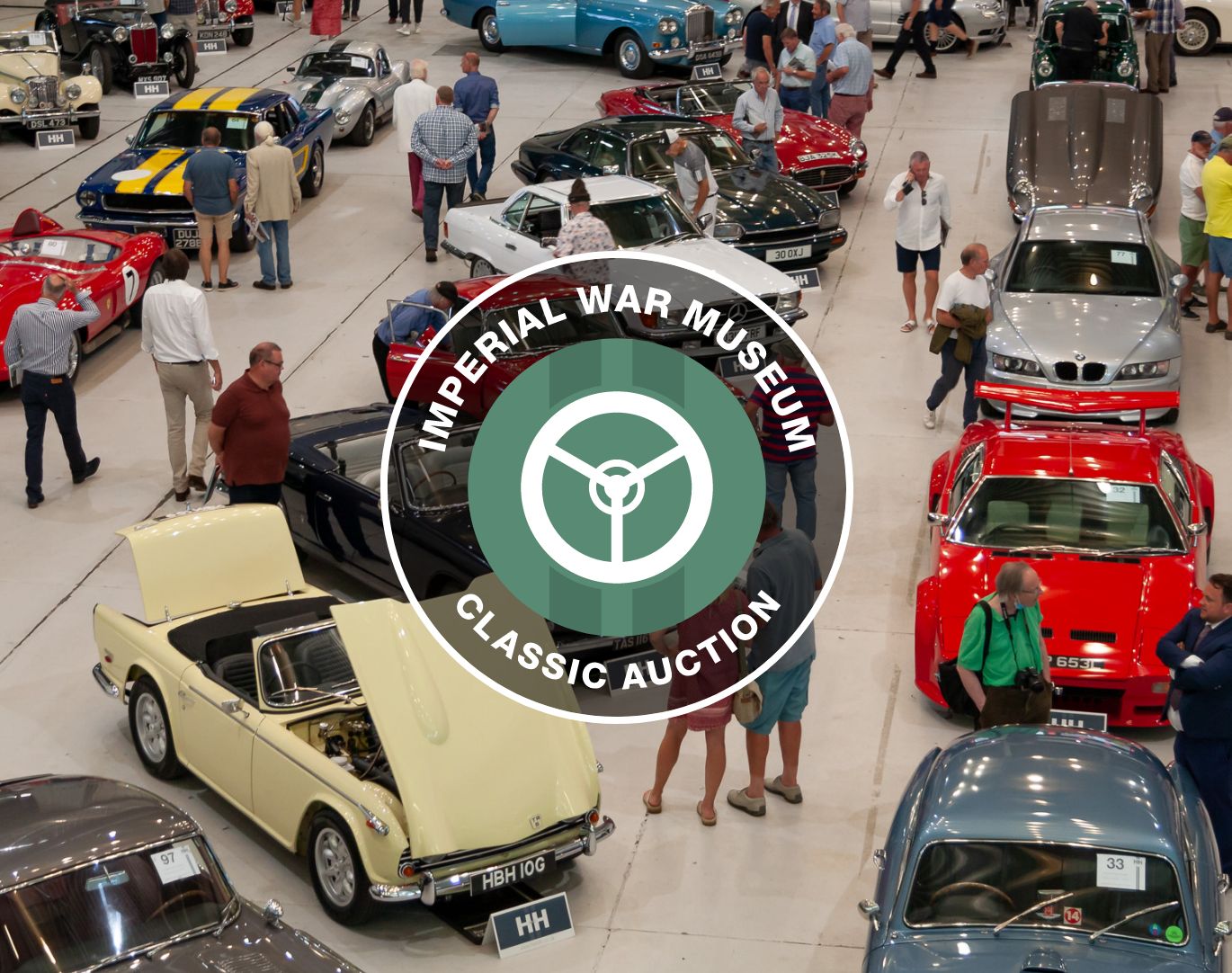
Imperial War Museum | Duxford, Cambridgeshire
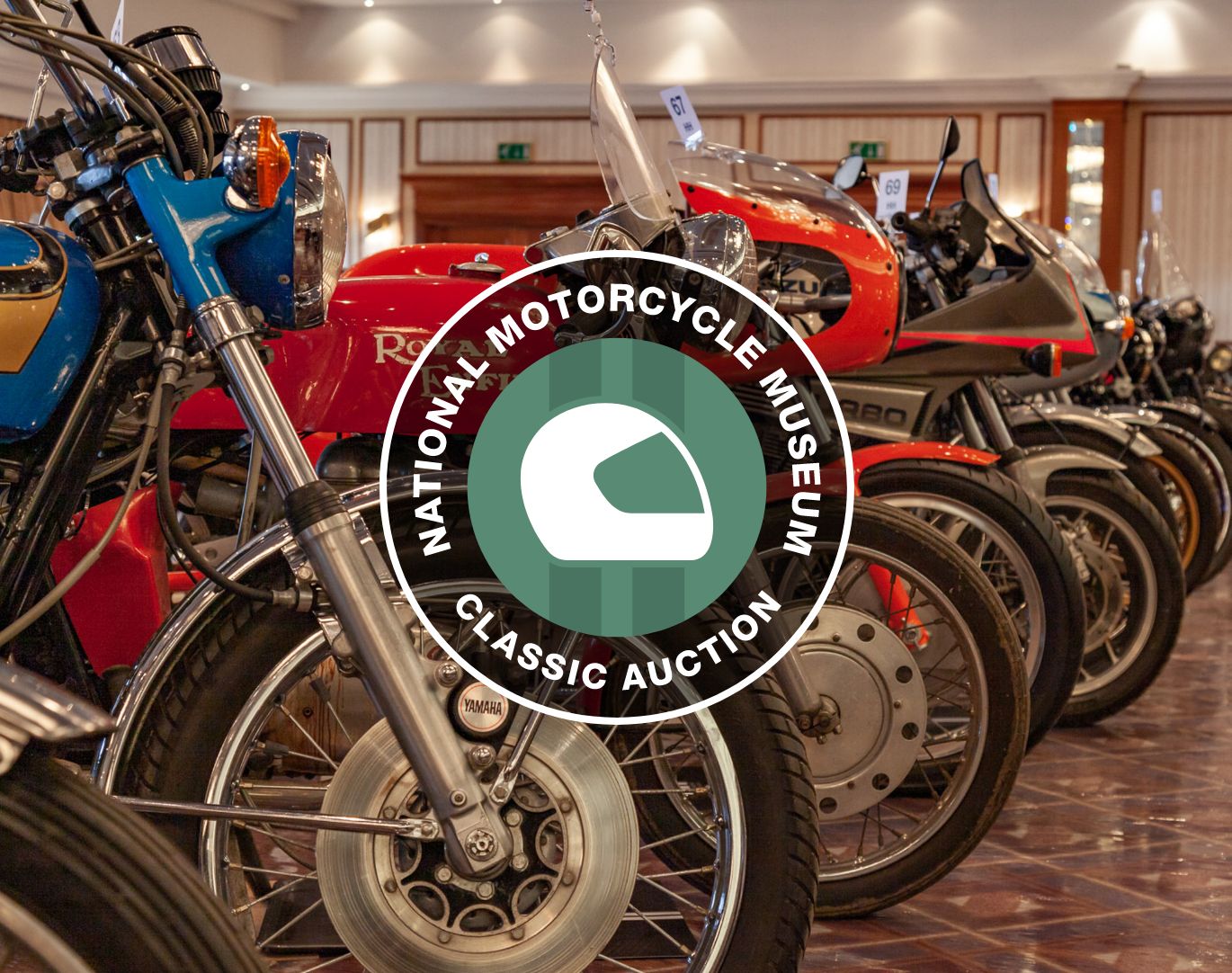
National Motorcycle Museum | Solihull, West Midlands
